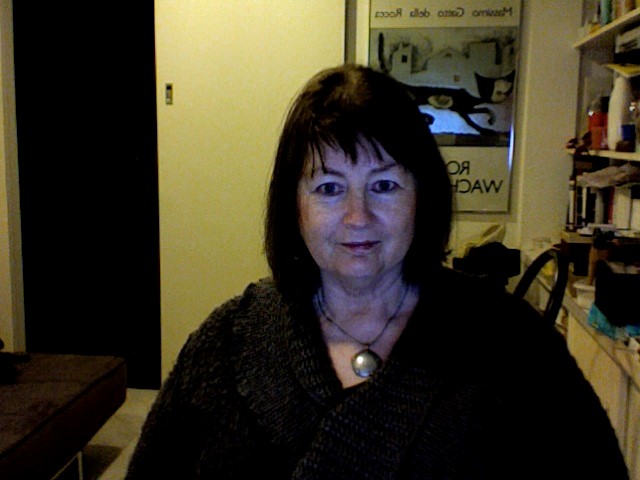
A few years ago I was walking to catch the bus to work when I tripped on a raised section of path and fell. There was no one around and when I checked myself I discovered I had fractured fingers on my left hand.
I got myself back to my car and drove carefully to the Canberra hospital where I was triaged and the fingers straightened. I was then seen by the resident plastic surgeon and admitted to hospital for a washout and clean of my finger joints.
Prior to the procedure the anaesthetist informed me that there was something odd about my ECG and recommended seeing my GP to get a follow-up ECG. This I did, however the GP had difficulty interpreting the results and sent me to a cardiologist, Dr Walter Abhayaratna who advised my heart condition could hopefully be controlled by diet, exercise and medication. I was not experiencing any symptoms and felt fine so resisted going on medication. As I had a sedentary job I was not successful in reducing weight or maintaining my heart condition. A number of different diagnostic tests were then undertaken and these indicated my heart was not in great shape for my age. I then went on medication and began walking everyday, however, I was under stress at work and putting on weight. This led to being diagnosed with Diabetes II and in December 2014; after Ischaemic Cardiomyopathy was diagnosed I had an angiogram to insert two stents.
Over the next couple of years I reversed my diabetes and lost some weight.
I continued to see Dr Abhayaratna around every six months and also underwent electrocardiographs to check my Ejection Fraction (EF), which is a percentage measurement, that tracks how much blood the heart is pumping out with each contraction. This was worsening even though I felt fine. I increased my medication and continued to walk and exercise. I was still resisting having a defibrillator but promised Dr Abhayaratna to have a device inserted when my EF got too low. If healthy, a person’s ejection fraction is generally between 55% and 70%. In August 2019 after an Echo and stress test I was advised that my EF had fallen to 31% and it was now essential that I had a device inserted. Dr Abhayaratna referred me to Dr Pathak.
At my first appointment with Dr Pathak he put me at ease and explained by drawing a diagram of what was wrong with my heart and what he would do to insert the defibrillator. He said I would need to have a few tests so that he could be sure of the condition of my heart, which would assist him in operating, and also because he is a research scientist he needed data for his research. Over the next month I had a cardiac CT scan, an MRI, an echocardiograph, a stress test, and wore a Holter monitor for 24 hours. I was concerned that the defibrillator was quite large but Dr Pathak explained that the device contained a pacemaker and was technologically advanced, which is what my heart required. I felt very comfortable with Dr Pathak and confident about going ahead with the procedure.
I reported to the National Capital Private hospital on 21 October 2019 and was made comfortable in a two-bed room. That afternoon I was wheeled to the operating theatre (which was state-of-the-art) and the anaesthetist explained what he was going to do to keep me comfortable during the operation. My procedure took 2.5 hours and I was kept in hospital overnight with automatic hourly blood pressure readings taken and pain medication supplied. The next day I was advised that the operation was successful and that I could go home. I remained at home and took pain medication for approximately two weeks. A week after the device was implanted I returned to Dr Pathak‘s room for an echocardiograph and was advised that my EF was now 42% and could be expected to rise even further. On my next visit, 6 weeks after the operation my EF had risen to 49%. During this time the swelling on my chest subsided and now the shape of the device is barely discernable through clothing.
I also signed up for home monitoring, which means that for a small fee each year I am remotely monitored by trained medical technicians through a small machine in my home with the results going through to Dr Pathak’s clinic. This gives me peace of mind knowing that I will be contacted should anything go wrong with my defibrillator. I also undergo periodic testing of my device by a medical technologist in Dr Pathak’s rooms.
It is now March, five months since my operation and my EF is now 52%, which Dr Pathak is very pleased about. I feel well and have a lot more energy than I did before the operation. I still take my medications and walk most days and have resumed my clogging dance class where I am able to keep up with the other dancers. I am also enrolling in an exercise program that Dr Pathak is setting up for heart patients.
I cannot speak highly enough of Dr Pathak and his team who are extremely professional and well trained and have provided me with a sense of well-being and confidence that I am well looked after. Thank you all.
Carolyn Toms
March 2020